DeepWalls
Exploring pristine deep-sea walls to establish baselines for Good Environmental Status in the Azores

ACORES-01-0145-FEDER-000124
01/05/2019 to 30/06/2023
Operational Program for the Azores 2020 (PO Açores 2020), European Regional Development Fund (ERDF / FEDER)
Summary
Exploring pristine deep-sea walls to establish baselines for Good Environmental Status in the Azores
DeepWalls aims towards answering fundamental questions about the ecology of deep-sea underwater cliffs. Using a range of local knowledge and predictions from experts, and together with the Rebikoff-Niggeler Foundation, we set a quest to locate vertical walls in the deep sea surrounding the islands of the central group in the Azores. Using the submersible LULA1000 (https://www.rebikoff.org/submersible-lula-1000/), we recorded high-resolution video images of the vertical walls encountered to characterize the diversity of benthic species that inhabit them. The images obtained during several underwater dives will be used to quantify the composition and structure of the benthic communities that live on vertical walls to determine the uniqueness of the habitat they create. State-of-the-art techniques such a Structure from Motion and photogrammetry will be used to reconstruct the walls in 3D images in order to evaluate small-scale variations in the terrain and how small differences can influence species composition. The findings of this project will be used to inform baselines for Good Environmental Status as part of the demands of the Marine Strategy Framework Directive (MFSD) of the European Union. We hypothesise that deep-sea vertical walls may may have escaped the impacts of bottom fishing due to the protective posture that a vertical cliff or a wall can provide to the benthic fauna.
The Azores region harbours an array of large geomorphological features including ridges, seamounts, plateaus and abyssal plains. This complex topography hosts a variety of small-scale variations, including underwater cliffs (or vertical walls) and overhangs that create distinct habitats in the region. Characterizing their geomorphology and benthic community composition requires a feat of technology in order to navigate these complex terrains to collect data. Since most of these walls are still unexplored, many important questions remain unanswered: How much heterogeneity do vertical walls introduce into the environment at small scales? How widespread are they? Can we predict their location? Do vertical walls support unique assemblages of megabenthic species? Can these habitats be used to determine baselines for Good Environmental Status? ¡
Collaborators
Main results
DeepWalls utilises advanced imaging technology and software processing to achieve the projects objectives. We have demonstrated that vertical walls host an abundance of life, including important reef-forming, and habitat-building cold-water coral species. Glass sponges and reef-building scleractinian corals were found on the vertical walls, which provide a 3D skeletal framework that increases the structural complexity of the habitat and likely enhances biodiversity at the local scale. Large black corals were observed, protruding over a metre from the walls, providing habitat for abundant associated fauna. We have utilised innovative and complex computer algorithms to quantify the wall in 3D images, observing a plethora of geomorphic features, which contribute to generate a rich and heterogeneous habitat.
DeepWalls Gallery
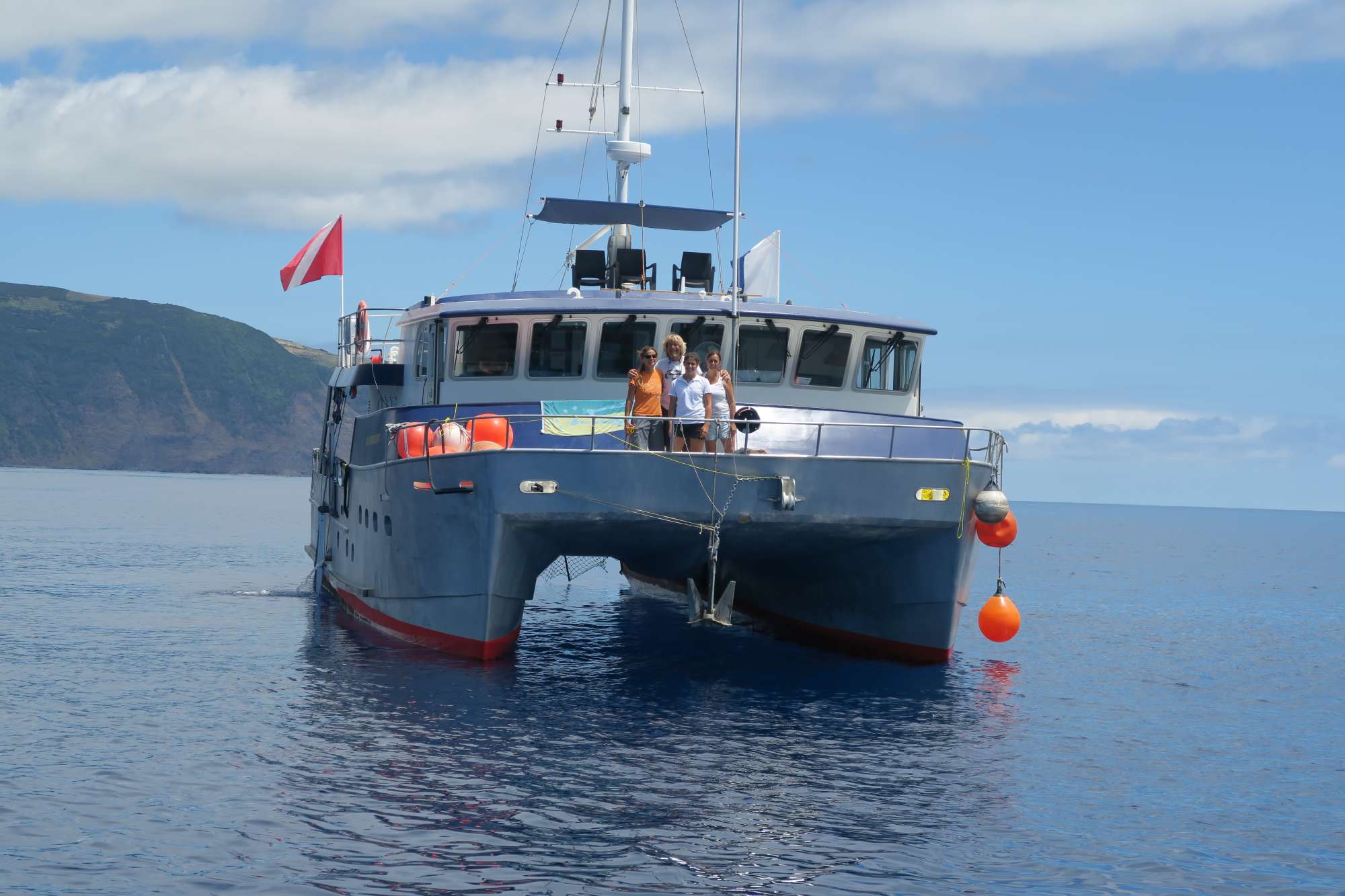
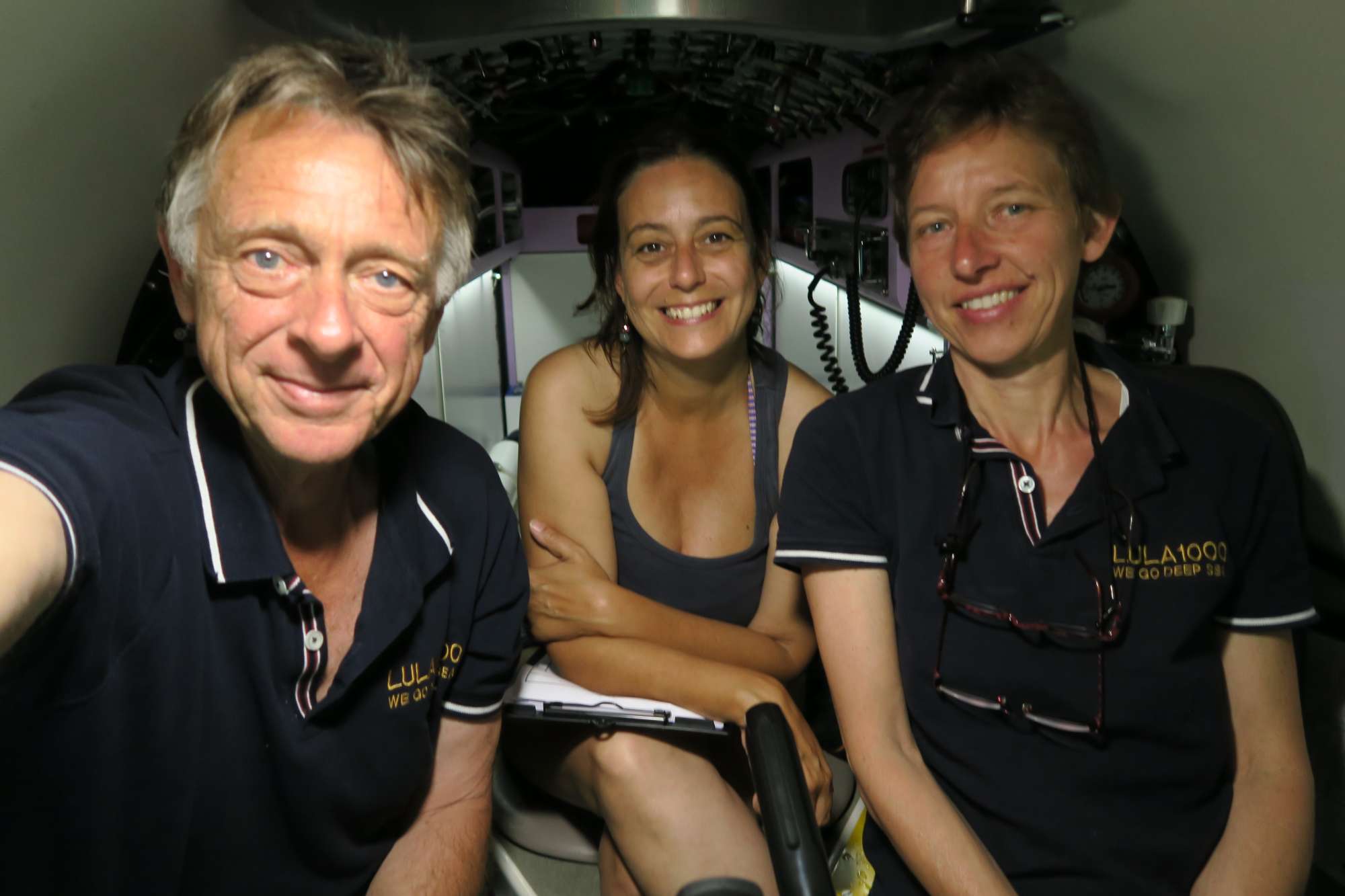
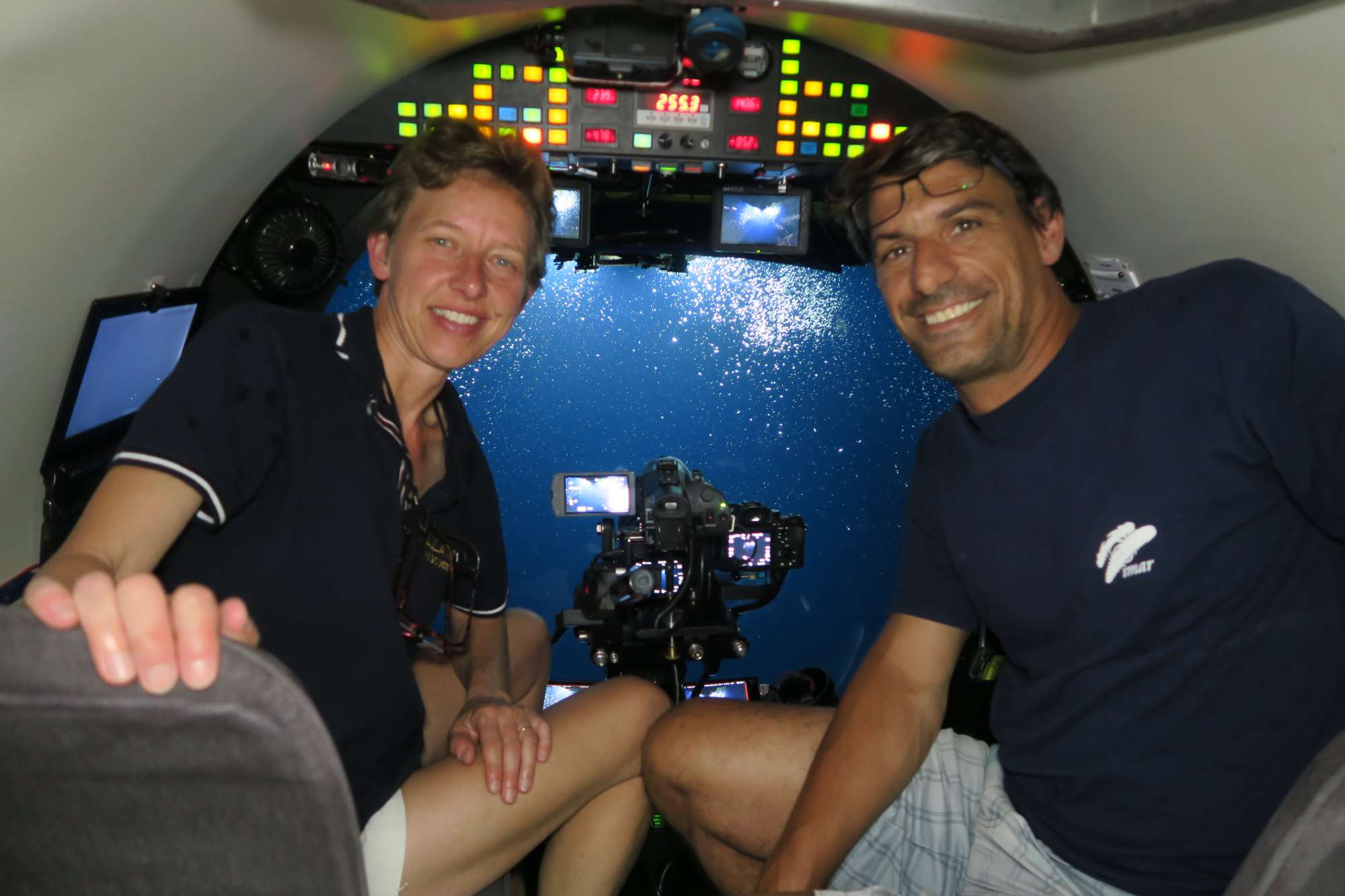
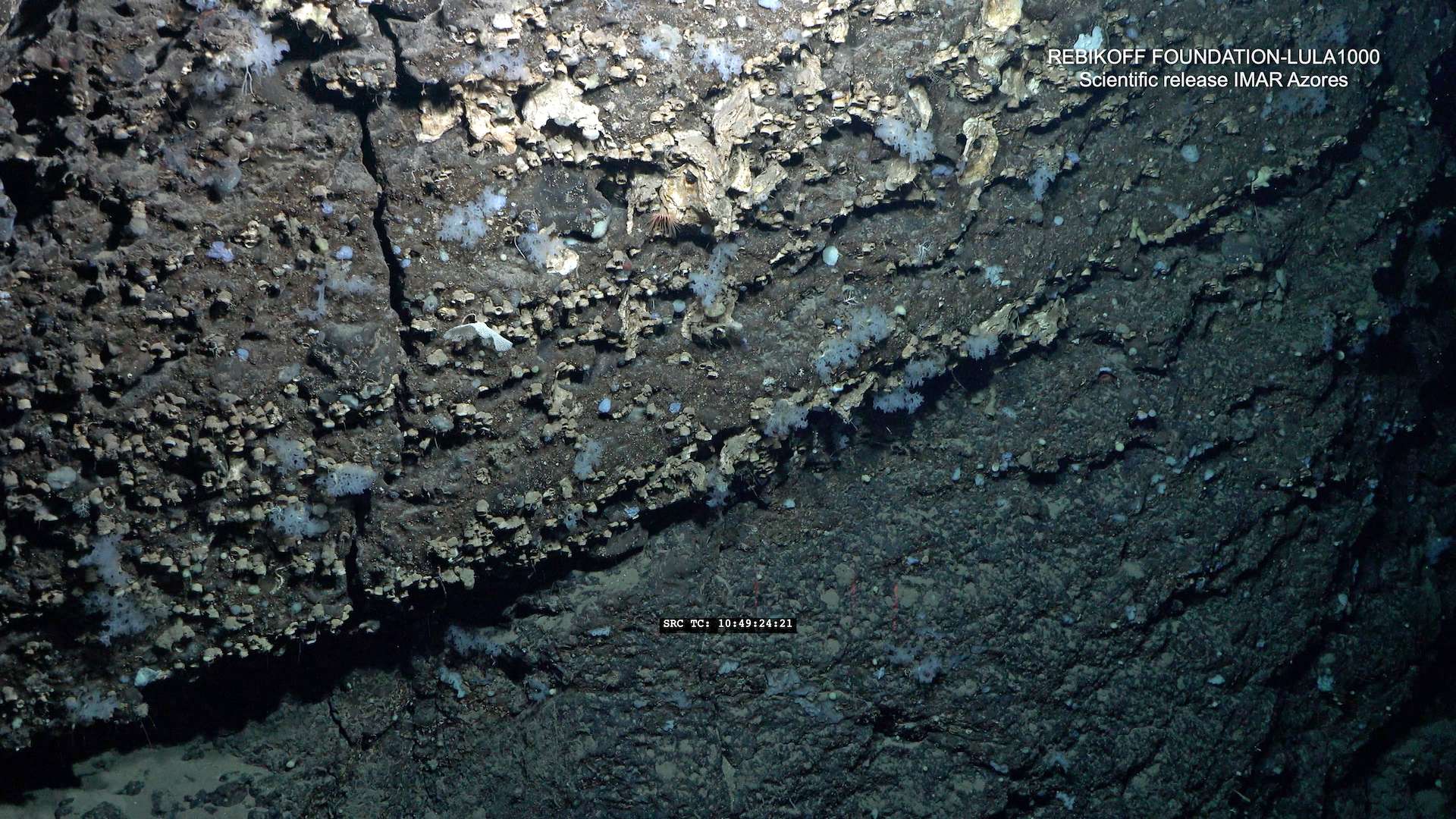
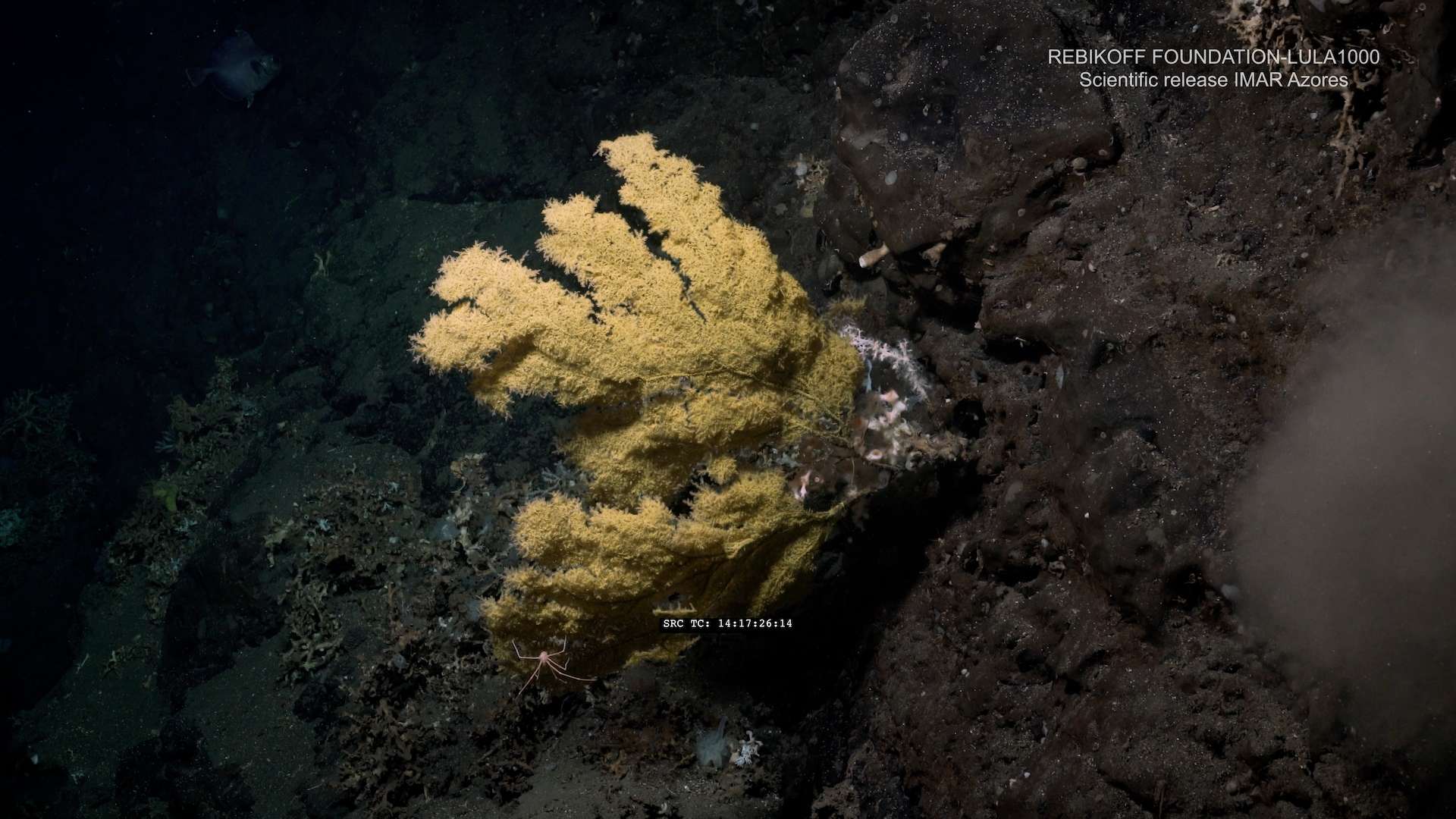
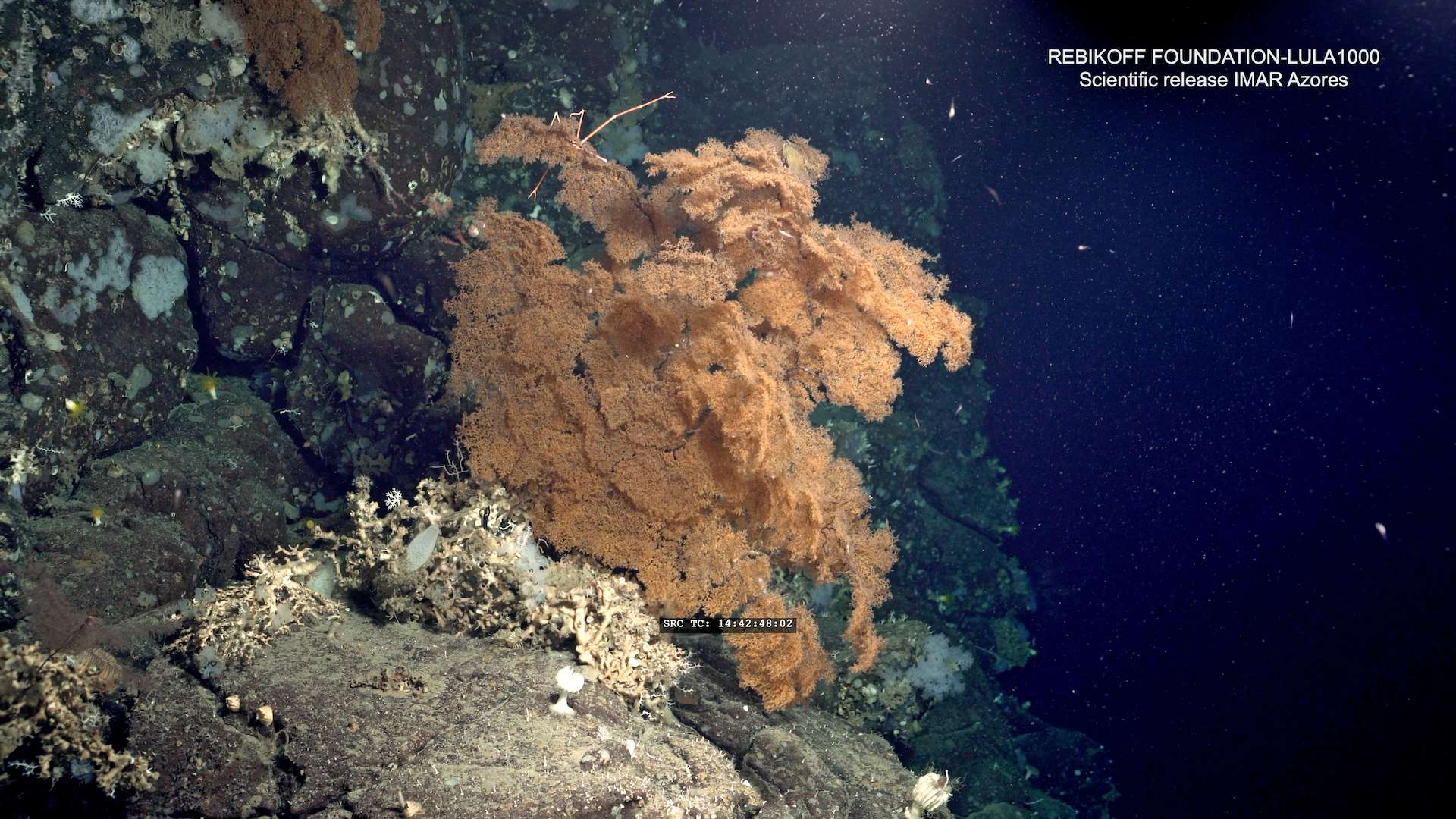
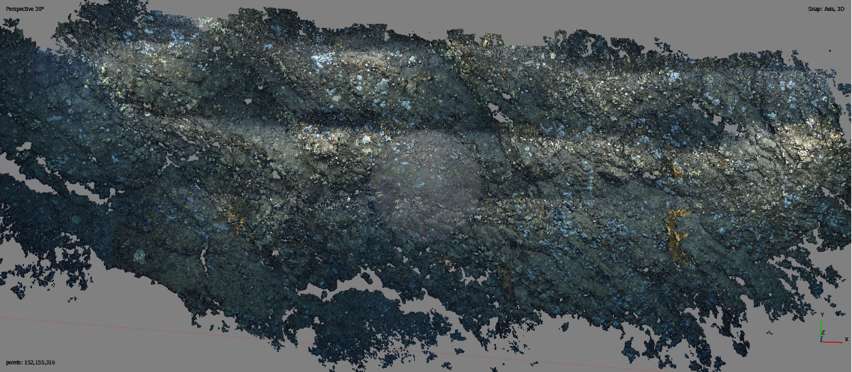
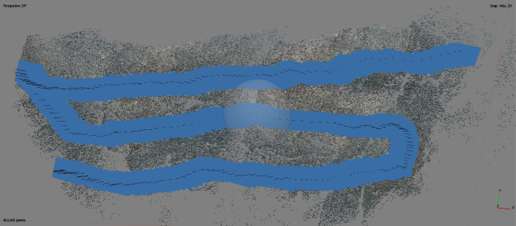
Location
Departamento de Oceanografia e Pescas — Universidade dos Açores
Rua Prof. Doutor Frederico Machado, No. 4
9901-862 Horta, Portugal
Contact
Email: azoresdeepsea@gmail.com
AZORES DEEP-SEA RESEARCH © 2020-2025 — RELEASE 2.0.3
 VALTER MEDEIROS
VALTER MEDEIROS